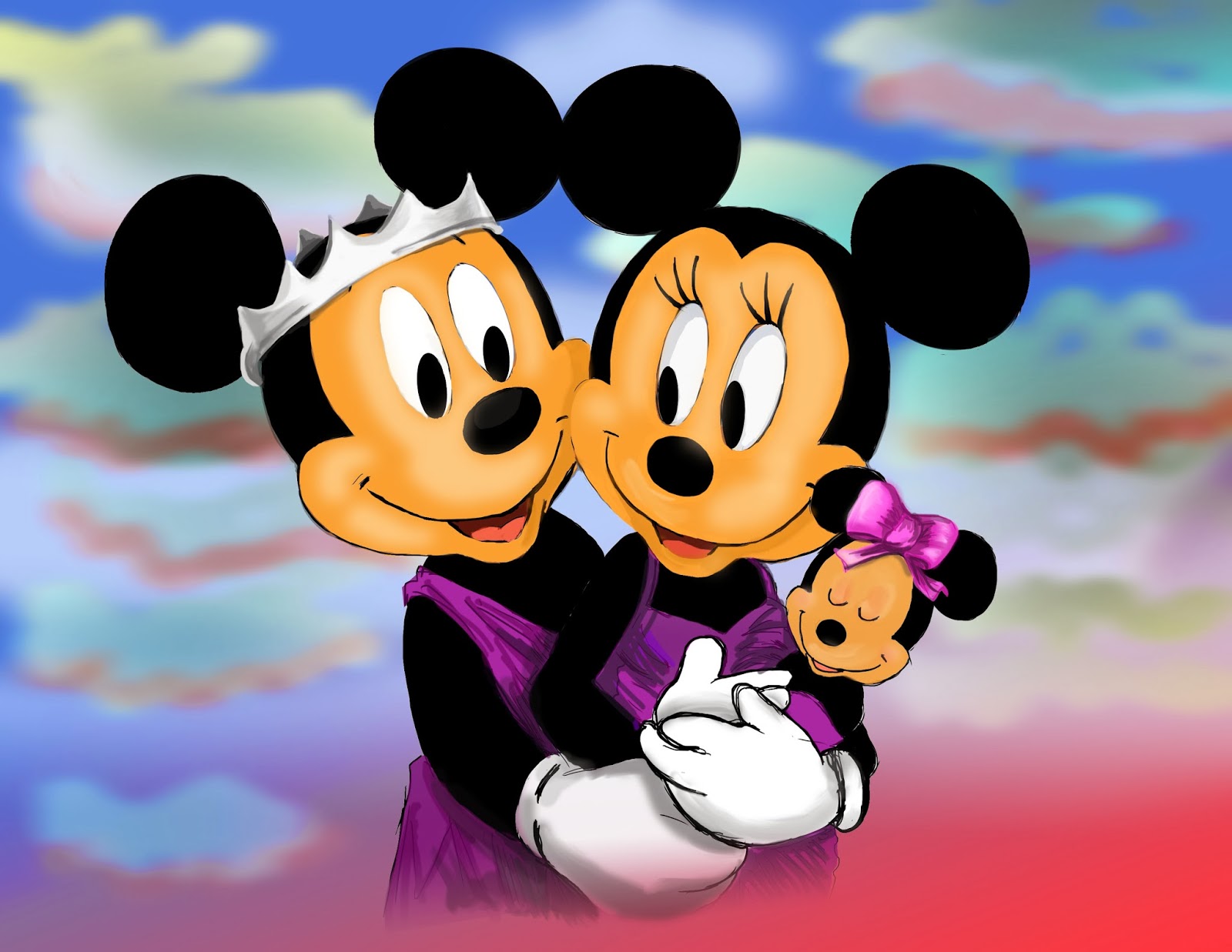Gangster Minnie Mouse has taken the internet by storm, blending nostalgia with a unique street-style twist that has captivated audiences worldwide. From her wholesome origins in the classic Disney universe to her unexpected transformation into a pop culture icon, this reimagined version of Minnie Mouse speaks volumes about the power of artistic expression and cultural reinvention. But what exactly is "Gangster Minnie Mouse," and why has it resonated so deeply with fans across generations? Let's delve into the story behind this fascinating character and explore how a simple reinterpretation of a beloved cartoon figure became a trendsetting movement.
At the heart of Gangster Minnie Mouse lies a fusion of traditional Disney charm and urban aesthetics. This fresh take on the iconic character showcases Minnie Mouse decked out in bold, street-inspired outfits, complete with oversized jewelry, snapback hats, and a confident attitude that exudes swagger. The juxtaposition of her sweet, familiar face with edgy, streetwear fashion has created a buzz that transcends age groups, cultures, and social boundaries. Whether it's through fan art, custom merchandise, or viral social media posts, Gangster Minnie Mouse has become a symbol of individuality and self-expression.
Interestingly, Gangster Minnie Mouse is more than just a fun trend—it's a reflection of how modern audiences reinterpret classic characters to align with contemporary values. This evolution represents a broader movement within pop culture, where beloved icons are reimagined to stay relevant in an ever-changing world. Dive into this article as we uncover the origins, evolution, and cultural significance of Gangster Minnie Mouse, as well as its impact on fashion, art, and media in today's society.
Read also:Perfect Shots Of Partial Eclipse Photos A Guide To Capturing The Moment
Table of Contents
- Biography of Minnie Mouse
- The Origins of Gangster Minnie Mouse
- Cultural Significance and Impact
- Gangster Minnie Mouse in Fashion
- The Role of Social Media
- Fan Art and Creativity
- Merchandising and Commercial Success
- How It Resonates with Modern Audiences
- Influence on Pop Culture
- Controversies and Criticism
- Psychology Behind the Trend
- Similar Reimaginings of Iconic Characters
- The Future of Gangster Minnie Mouse
- Frequently Asked Questions
- Conclusion
Biography of Minnie Mouse
Minnie Mouse, one of the most recognizable animated characters of all time, was created by Walt Disney and Ub Iwerks in 1928. She made her debut alongside Mickey Mouse in the cartoon "Steamboat Willie," which is widely regarded as the first synchronized sound cartoon. Over the years, Minnie Mouse has been a symbol of joy, kindness, and timeless charm, serving as a beloved figure for generations of Disney fans.
Personal Details and Bio Data
| Full Name | Minerva "Minnie" Mouse |
|---|---|
| First Appearance | Steamboat Willie (1928) |
| Creator(s) | Walt Disney, Ub Iwerks |
| Species | Mouse |
| Personality Traits | Kind, cheerful, stylish, caring |
| Signature Outfit | Polka dot dress, bow, and heels |
As a character, Minnie's personality has always been multifaceted. She is often portrayed as cheerful, loving, and optimistic, with a penchant for fashion and music. Over the years, she has also been a symbol of resilience, loyalty, and compassion, appealing to audiences of all ages. Her classic polka dot dress and oversized bow have become iconic elements of her design, making her instantly recognizable worldwide.
But while Minnie Mouse has remained largely unchanged in her original form, her various reinterpretations have highlighted her versatility as a character. Gangster Minnie Mouse, in particular, represents a bold departure from her traditional image, showcasing her ability to adapt to modern trends while still retaining her core essence.
Article Recommendations

